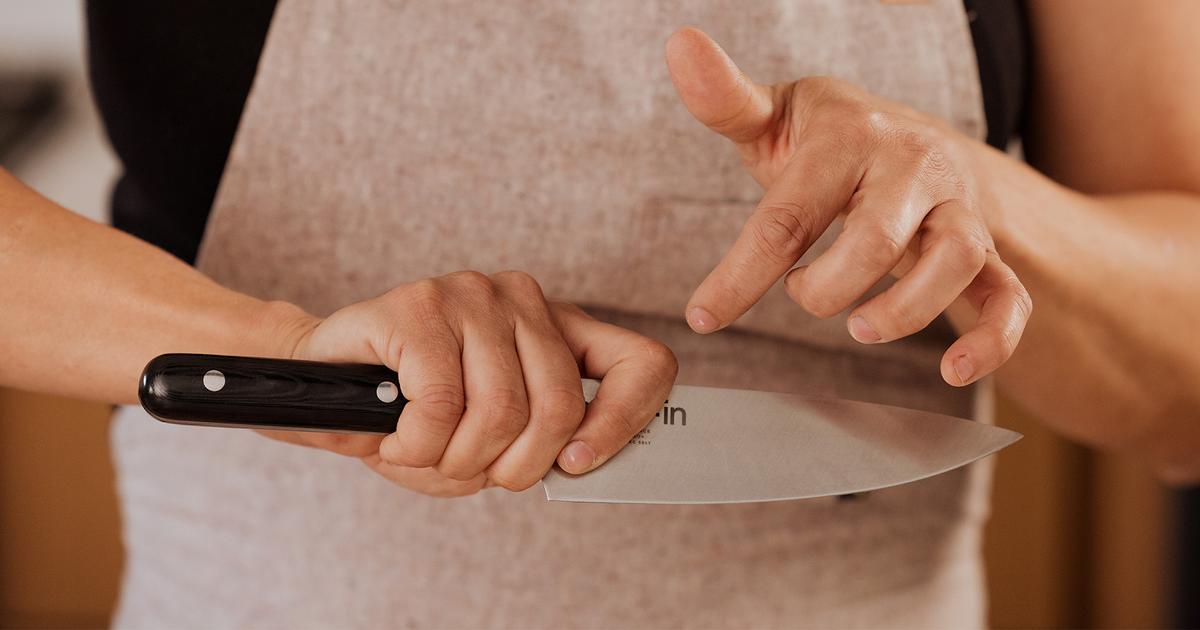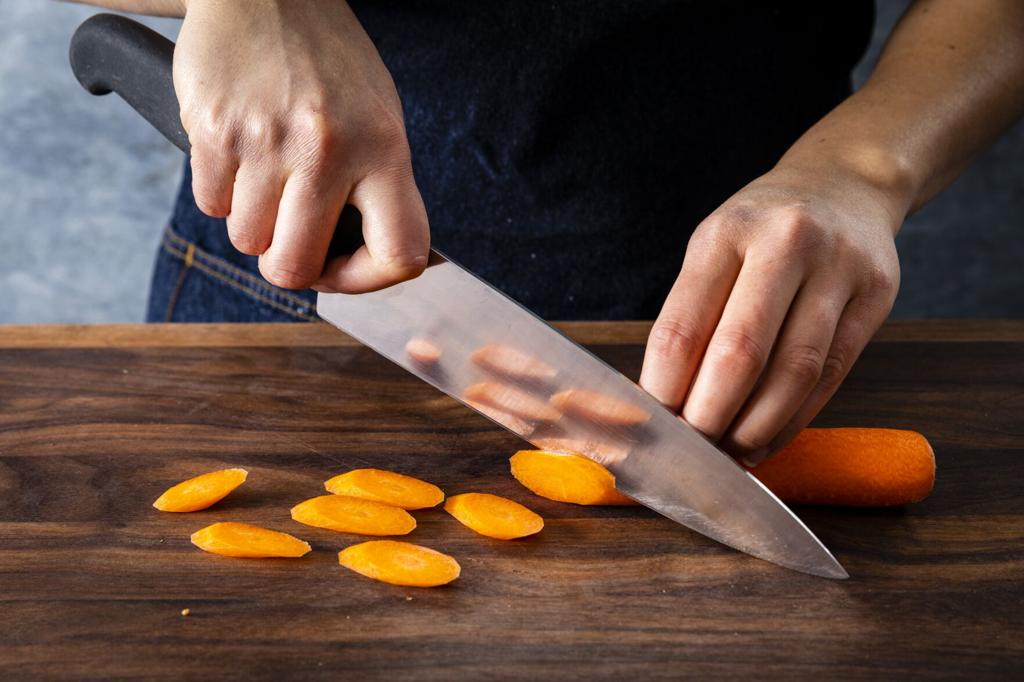In the realm of culinary arts, mastering the use of a German chef's knife is paramount for any kitchen professional. Known for its durability and versatility, the German chef's knife is an indispensable tool in both commercial and home kitchens. Understanding how to use a German chef's knife can significantly enhance your culinary skills and improve the quality of your dishes.
For many, the German chef's knife is not just a tool but a foundational instrument that is central to the cooking experience. Its design, which typically includes a thicker and heavier blade, allows for precise slicing, dicing, and chopping. This article will delve into the intricacies of using this essential kitchen tool, providing you with insights and tips to elevate your knife skills.

The Anatomy of a German Chef's Knife
Before diving into techniques, it's crucial to understand the anatomy of the German chef's knife. Typically, these knives feature a broad blade that curves upwards towards the tip. The blade's design facilitates a rocking motion, which is ideal for chopping. The bolster, a thick junction between the handle and the blade, provides balance and safety, making it easier to handle the knife with precision.
German knives are often made from high-carbon stainless steel, known for its toughness and resistance to rust. This material ensures that the knife remains sharp and reliable over time. For more on the differences between materials, you can explore the Japanese Steel vs German Steel.
Proper Grip and Handling Techniques
The first step in mastering how to use a German chef's knife is learning the proper grip. Holding the knife correctly is critical for control and safety. The recommended grip is the 'pinch grip,' where you pinch the blade just in front of the bolster with your thumb and forefinger, while the remaining fingers curl around the handle. This grip offers better control and reduces fatigue during prolonged use.
For a deeper understanding of knife handling, you can visit our article on Knife Sharpening Myths to debunk common misconceptions about knife maintenance, which also plays a role in how you handle your knife.
Techniques for Cutting and Slicing
Once you've mastered the grip, the next step is to refine your cutting techniques. The German chef's knife is perfect for a variety of cutting methods, including:
Chopping and Rocking Motion
The curved blade of the German chef's knife is ideal for a rocking motion, which is efficient for chopping herbs and vegetables. Keep the tip of the knife on the cutting board and rock the handle up and down to chop quickly and efficiently.
Slicing and Dicing
For slicing, ensure that you use a smooth, even stroke, allowing the weight of the knife to do the work. When dicing, cut the food into uniform pieces by first slicing and then cutting crosswise.
To explore more about the precision and strength of German knives, consider reading about the German Knife Hardness Scale, which explains the resilience and sharpness of these tools.
Maintaining Your German Chef's Knife
Maintenance is key to ensuring your German chef's knife remains a reliable kitchen companion. Regular honing and occasional sharpening are essential to keep the blade in optimal condition. Honing realigns the blade's edge, while sharpening removes material to recreate a fine edge.
For comprehensive care tips, the Zwilling Knife Care Guide provides valuable information on maintaining your knife.
Comparing German Chef's Knives
Understanding how German knives compare to others can also enhance your appreciation and use of these tools. German knives are often compared to Japanese knives, which are typically lighter and sharper. Each has its advantages, and the choice depends on personal preference and the tasks at hand.
The Legacy of Solingen, Germany, known as the knife capital of the world, is worth exploring for those interested in the rich history of German knives.

Frequently Asked Questions
What is the best way to store a German chef's knife?
Storing your knife properly is crucial to maintaining its edge. A knife block, magnetic strip, or blade guard are all excellent options.
How often should I sharpen my German chef's knife?
Sharpening frequency depends on usage, but generally, a few times a year is sufficient, with regular honing in between.
Can a German chef's knife be used for all types of food preparation?
Yes, a German chef's knife is versatile enough to handle a wide range of food preparation tasks, from chopping vegetables to slicing meats.
By mastering the use of a German chef's knife, you can enhance your culinary efficiency and precision. Whether you're a seasoned professional or an aspiring chef, the German chef's knife is an investment in quality and performance.


























